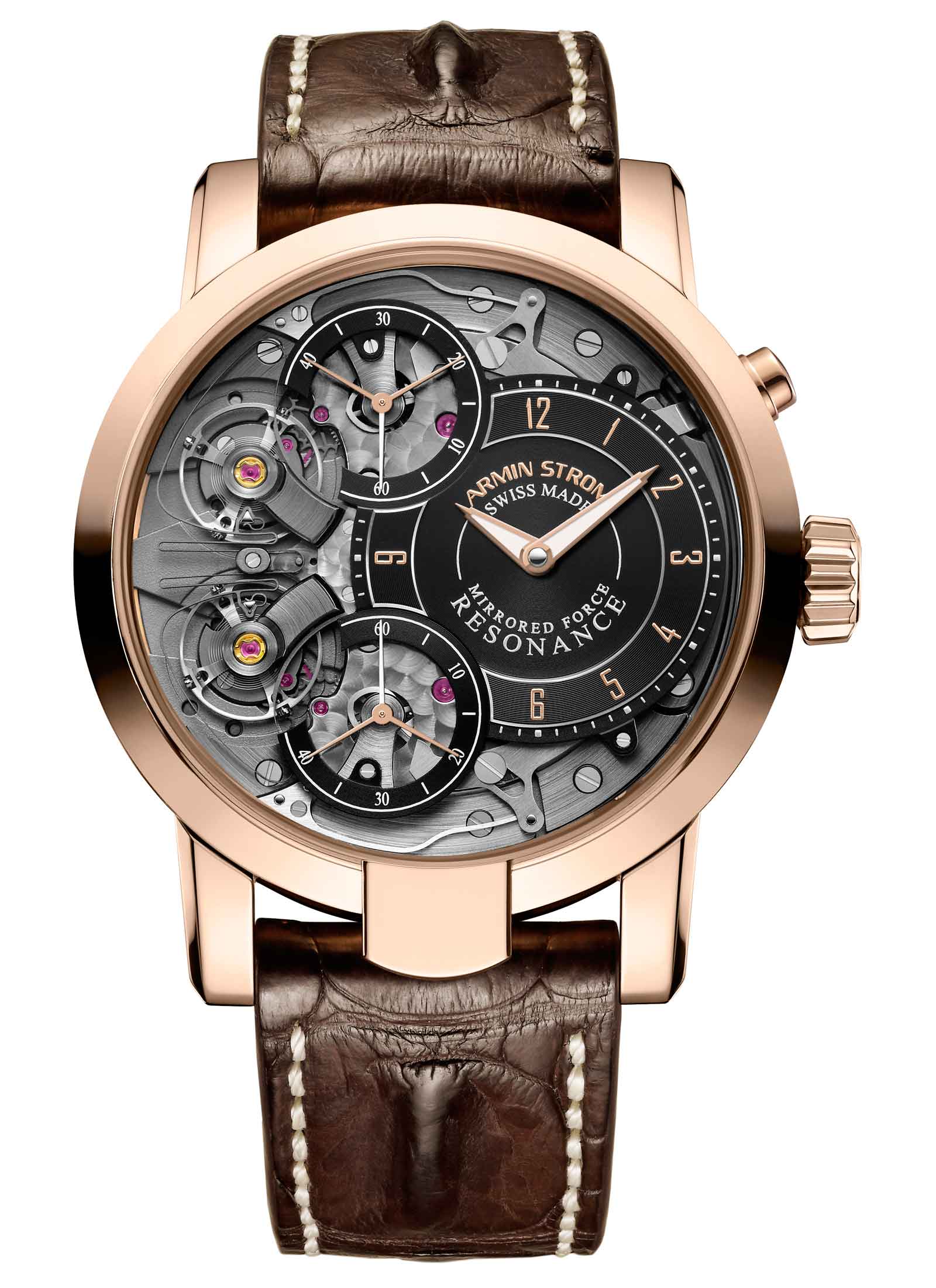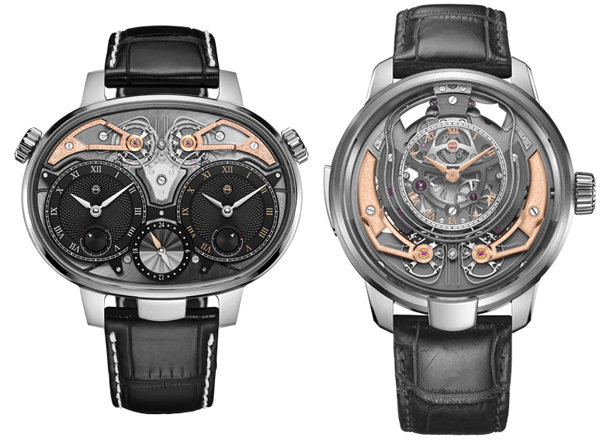There are a few guaranteed ways to start a fight with watch collectors. If these are vintage folks, call the Rolex “Paul Newman” Daytona ugly. I’ve done it before, and the results were as entertaining as they were alarming. If these are your regular watch-loving people, tell them the tourbillon isn’t a complication. I’ve done this before too — in fact I do this on a regular basis, because the tourbillon isn’t a complication, you guys.
There is one other way, and this is by far my least favourite (or my most favourite, depending on my mood), because things pretty much become a free-for-all, and there’s never any consensus. Start talking about resonance watches.
I’ll tell you a little secret. Every watch with a mechanical oscillator operates via the principle of mechanical resonance. Mechanical resonance is simply the tendency for a system to oscillate at its greatest amplitude when it is excited at its natural frequency. In other words, mechanical resonance is the reason that balance assemblies work. Check any physics textbook. It’s right there.
The phenomenon that everyone seems to think is resonance is actually called (deep breath) entrainment of driven harmonic oscillators via injection locking. It’s not the most marketable term ever, fine, I get it. As a phenomenon, it is contingent on the principle of resonance. But calling it resonance is like calling weight gravity. Weight is a thing caused by gravity, but it is not gravity.
Similarly, entrainment of driven harmonic oscillators via injection locking is a thing caused by resonance, but it is not resonance.
The fact is, everything you thought you knew about resonance is wrong. (Unless your name is Jack Forster. Then you’re probably right.)
Ok, that’s half the discussion out of the way. And you know what, it’s not even the easier half. Because now we come to the actual function and utility of these so-called resonance watches. There are quite a few of them, and they’re all called Resonance in some way or another, which can be confusing, but not anymore for us, thanks to the first half of the discussion we just had, right?

Before Armin Strom rolled out the Mirrored Force Resonance in 2016, there wasn’t really much in the way of real empirical proof whether such timepieces worked or not. Christiaan Huygens, author of Horologium Oscillatorium and inventor of the balance spring, first observed this phenomenon, but his experiment basically consisted of two pendulum clocks hung from a beam supported by chairs. It wasn’t exactly the most scientific setup ever. Abraham-Louis Breguet and Antide Janvier both experimented at length with coupled oscillators, with Breguet going as far as to stick a double-balance watch in a vacuum to cancel out the effects of air turbulence in synchronising the balances. But my point is, it’s been centuries since anyone did proper, well-notated and published experiments on coupled oscillators.

For this reason, watch scholars and enthusiasts alike were divided for ages on whether the so-called resonance watch was little more than a fancy gimmick that worked in principle but not in practice. Everyone agreed that it worked in massive pendulum clocks, but perhaps watches were too small in scale to fully exploit the mechanical principles that were involved.
Then, the Armin Strom Resonance came on the scene. With proofs! Backed up and validated by CSEM (Centre Suisse d’Electronique et de Microtechnique), showing that two oscillators adjusted to the same frequency, connected by a clutch spring that minimises mechanical damping and allows the oscillators to communicate via micro-vibrations, has a positive effect on chronometric performance. It’s not a gimmick.

As of today, there are four models in Armin Strom’s series of Resonance timepieces (or, as I like to call them in my head, entrained driven harmonic oscillator timepieces). There was the first Mirrored Force Resonance in 2016, the Pure Resonance in 2018, the Dual Time Resonance we saw at the 2019 Salon International de la Haute Horlogerie (SIHH), and their latest masterpiece, the Minute Repeater Resonance.

And it all works. It really does. Improved chronometric recovery after external shock, higher stability of rate, energy efficiency (since both balances are essentially locked in a feedback loop). There’s proof. I mean, I wish it wasn’t called the Resonance, but it’s a really excellent piece of mechanical engineering, so they could have called it Dave for all I care. The name doesn’t change the fact that this watch has definitively settled the question of utility and chronometric superiority when it comes to entrained driven harmonic osc… look, I’m not going to say the whole thing again. For the love of Christ, let’s come up with another term, please.




